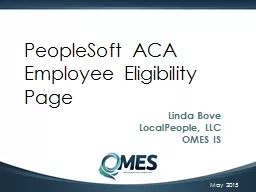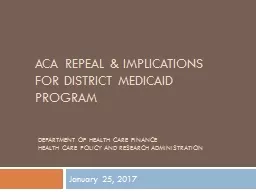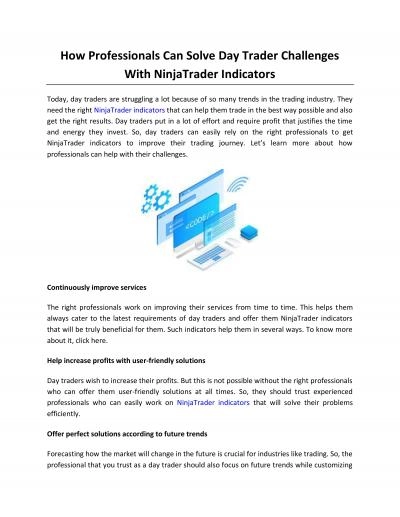PPT-Financial Indicators Market Updates Key Takeaways Continued Attacks on ACA
Author : alida-meadow | Published Date : 2019-11-01
Financial Indicators Market Updates Key Takeaways Continued Attacks on ACA Judge ruled ACA was invalidated by the 2017 Tax Cuts and Jobs Act which eliminated the
Presentation Embed Code
Download Presentation
Download Presentation The PPT/PDF document "Financial Indicators Market Updates Key ..." is the property of its rightful owner. Permission is granted to download and print the materials on this website for personal, non-commercial use only, and to display it on your personal computer provided you do not modify the materials and that you retain all copyright notices contained in the materials. By downloading content from our website, you accept the terms of this agreement.
Financial Indicators Market Updates Key Takeaways Continued Attacks on ACA: Transcript
Download Rules Of Document
"Financial Indicators Market Updates Key Takeaways Continued Attacks on ACA"The content belongs to its owner. You may download and print it for personal use, without modification, and keep all copyright notices. By downloading, you agree to these terms.
Related Documents













